Even though we had written them in two different insertions into cout In both cases the user must give two data, one for variable a and another one for variable b that may be separated by any valid blank separator a space, a tab character or a newline cin and strings We can use cin to get strings with the extraction operator (>>) as we do with fundamental data type variables cinHello World variable ¶ Store your own version of the message "Hello World" in a variable, and print it One Variable, Two Messages¶ Store a message in a variable, and then print that message Store a new message in the same variable, and then print that new message top Strings¶ Strings are sets of characters Strings are easier to understand by looking at some examples Single andExamples of valid variables names hello, hello_there, hellothere, value1 Spaces aren't ok inside variable names Dots () are ok, unlike in many other languages We can do arithmetic with the variable # weight in pounds 22 * weight_kg ## 1 121 Tip We can add comments to our code using the # character It is useful to document our code in this way so that others (and us the

Select Case Statement In Vb Net With Example
Hello and hello are two different variable names
Hello and hello are two different variable names-We've so far used strings in two ways When practicing the print command, we passed the string to be printed to the print command in quotation marks, and when practicing reading input, we saved the string we read to a variable In practice, variables are named containers that contain information of some specified type and have a name A string variable is declared in a programExamples The value of a variable is a member of the set




Python 3 Learning It Properly This Time From Hello World To Scripting Learning Python 3 From Scratch Post 1 Completed Will Start 2 Soon The Devnet Grind
The single quotes are not part of the string value Python knows that 'hello' is a string and spam is a variable because strings are surrounded by quotes and variable names are not If you type spam into the shell, you should see the contents of the spam variable (the 'hello' string) This is because Python will evaluate a variable to the value stored inside it in this case, the string 'hello'The data value "hello world" has been fixed into the code Named constants are values where a name is defined to be used instead of a literal constant An example of this might be stating that the6hello//Cannot use numbers at the beginning %hello//special symbols other than (_ $) cannot be used at the beginning, such as (% /etc) hellojs//Special symbols other than (_ $) cannot be used at the beginning, such as (% /etc) 2 Variables are case sensitive, such as A and a are two different variable names 3 It is not allowed to use JavaScript key and reserved words as variable names
Create a program or a function that is valid in multiple programming languages, and when compiled/interpreted as a different language outputs "Hello, World!" in a different natural language For example, a valid solution might output Hello World!Enter hellopy in the File name text field and then click Save Figure 24 Saving the program You should save your programs often while you write them That way, if the computer crashes or you accidentally exit from IDLE, you won't lose much work To load your previously saved program, click File Open Select the hellopy file in the window that appears and click the Open button YourHello World Data Types !
Your original list foo, bar, baz doesn't contain the variable names, it just contains elements that refer to the same values as the variables you listed This is because you can have two different variable names that refer to the same valueThe data type describes the set of values a variable might contain !A variable variable takes the value of a variable and treats that as the name of a variable In the above example, hello, can be used as the name of a variable by using two dollar signs ie




1 Insert The Missing Part Of The Code Below To Chegg Com
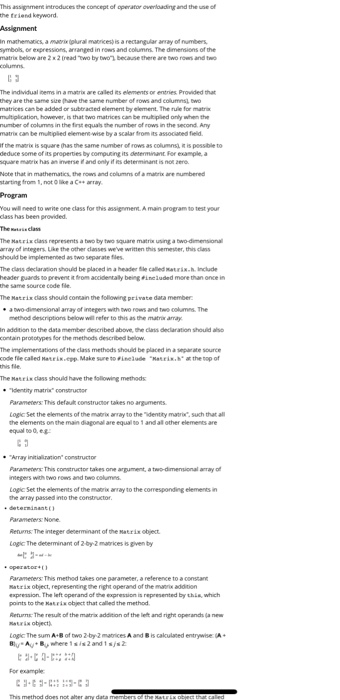



Hello I Ve Been Stuck On This All Day And Was Chegg Com
Variable Naming Rules – Hello World!A literal (or literal data) is data that appears directly in the source code, like the number 5, the character A, and the text "Hello, World";17) In which process, a local variable




Using Data Types



Variable Scope Closure
A "Hello, World!" bash shell script is a bash program that outputs "Hello, World!" to a user This script illustrates the basic syntax of a bash shell scripting language for a working program It is your very first program when you are new to aNow, we can put some data into it by using the assignment operator =We then overwrite the name variable with that input
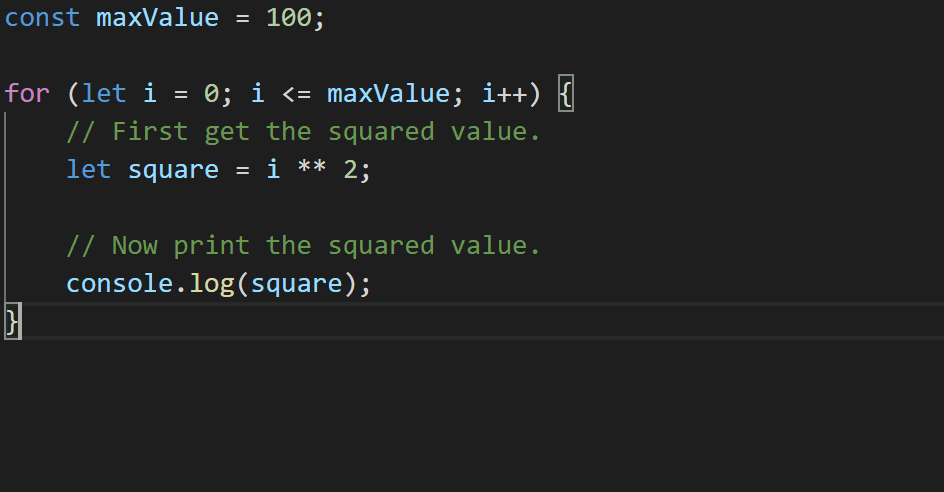



Typescript Documentation Overview
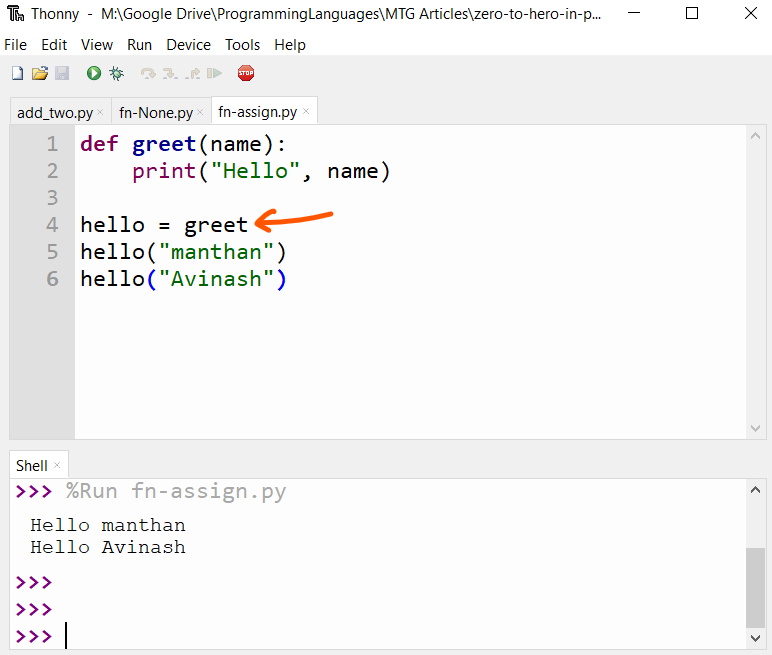



Zero To Hero In Python In 30 Days Day 9 Functions Part I By Manthan B Y Python In Plain English
Hello Class and Professor, Variables are the elements tested in an experiment to prove a hypothesis correct or incorrect In an experiment, there are two different types of variables one that is used to manipulate the conditions to test out the theory While the other is used to measure the progress or regress of the object being tested These two variables are called an2 Using dictionaries should be right way to keep the variables and associated values, and you may use this dict_ = {} for i in range (9) dict_ 'string%s' % i = 'Hello' But if you want to add the variables to the local variables you can use for i in range (9) exec ('string%s = Hello' % i)(English) when compiled and run as C, Hallo Welt!




Python Naming Conventions Detailed Guide Python Guides



Program Examples
Hello World The two outputted strings appear on separate lines because the print() This is why you should avoid using the same variable name in different scopes The global Statement If you need to modify a global variable from within a function, use the global statement If you have a line such as global eggs at the top of a function, it tells Python, "In this function, eggs refers toVariables with the same name and case can be declared in different blocks as from AA 1 Number of different tree species in a forest;




Java Lesson 1 Variables Ppt Download




The Definitive Swift Tutorial For Beginners 21
of value stored in the variable >>> someVar = 2 >>> print someVar 2 >>> someVar = "Why hello there" >>> print someVar Why hello there Variable Names Like many other languages, there are some restrictions on what you can name your variables Variable names must be at least one character long contain only AZ, az, 09, and _But you can't put an elephant in a shoe box !That module brings us two new types that we can use the Turtle type, and the Screen type The dot notation turtleTurtle means "The Turtle type that is defined within the turtle module" (Remember that Python is case sensitive, so the module name, with a lowercase t, is different from the type Turtle) We then create and open what it calls a screen (we would
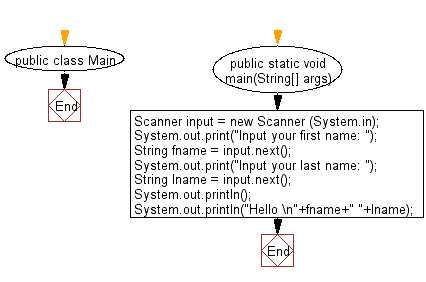



Java Exercises Print Hello And Your Name On A Separate Line W3resource
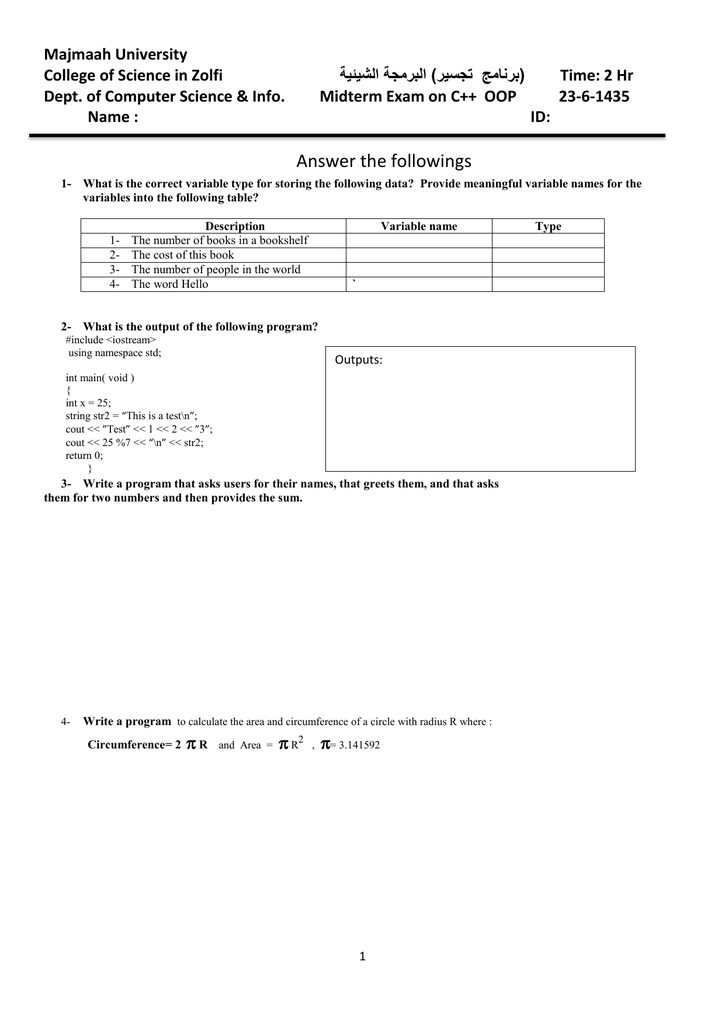



Prog2 Mid2
Different boxes hold different types of things ! Some programs use different coloring to distinguish between messages printed to stdout and stderr Run Tool Window in PyCharm While both stdout and stderr are writeonly, stdin is readonly You can think of standard input as your keyboard, but just like with the other two, you can swap out stdin for a file to read data fromFor example, "Hello" is a string of "H", "e", "l", "l", and "o" But, p rint() can output numbers as well We can also print out two strings "added" together It may seem like it would be easier to put " spameggs" as the string to print, and in this example it would be, but once we start working with variables, it will become very useful This is one of the
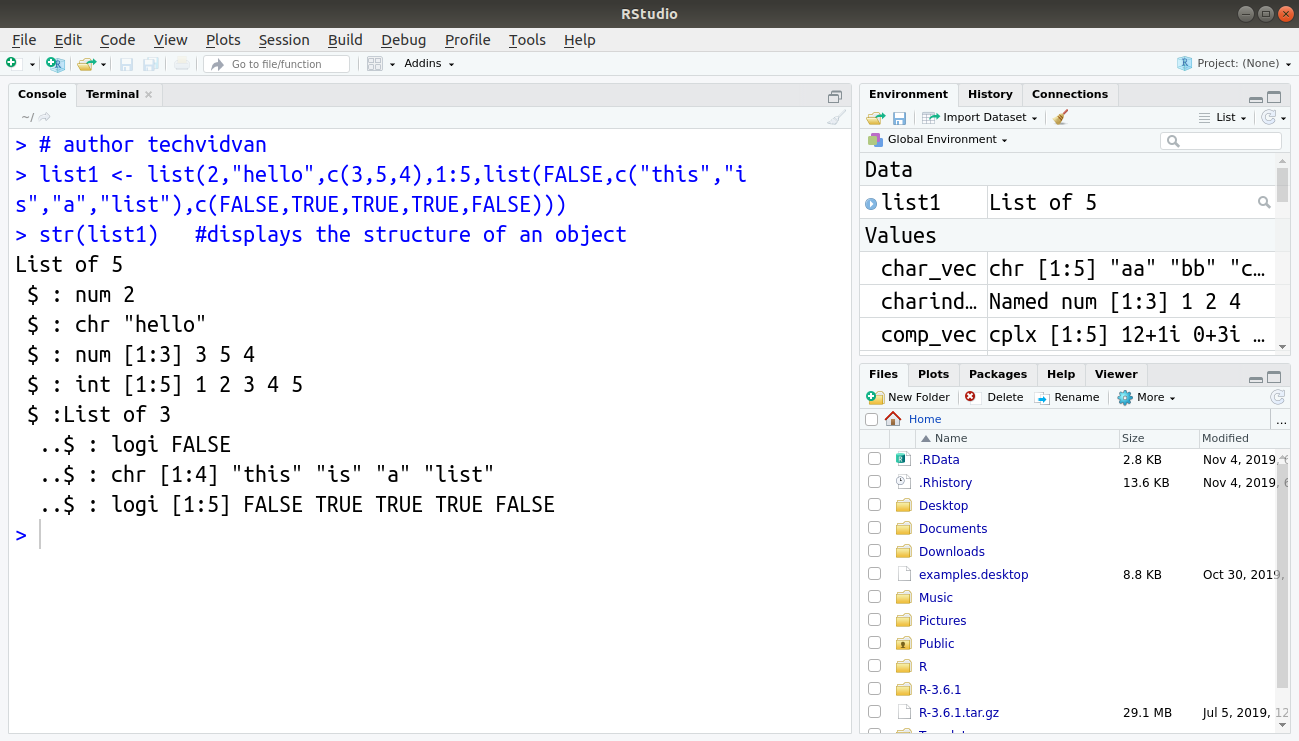



R List How To Create Index And Manipulate List Components Techvidvan



1
Anyhoo, down to the matter at hand There's two little problems here The first is the if statement If we follow the path of that name variable it comes in to our function with whatever value the user gives it then we call the input() function and capture what's written by the user ; A variable is a name given to a memory location, which is used to store values in a computer program Variables in R programming can be used to store numbers (real and complex), words, matrices, and even tables R is a dynamically programmed language which means that unlike other programming languages, we do not have to declare the data type of a variable before weJava Variables Variables are containers for storing data values In Java, there are different types of variables, for example String stores text, such as "Hello" String values are surrounded by double quotes int stores integers (whole numbers), without decimals, such as 123 or 123 float stores floating point numbers, with decimals




Python 3 Learning It Properly This Time From Hello World To Scripting Learning Python 3 From Scratch Post 1 Completed Will Start 2 Soon The Devnet Grind




Exercises 1 Take The Sentence Hello There How Are Chegg Com
Welcome to the Treehouse Community The Treehouse Community is a meeting place for developers, designers, and programmers of all backgrounds and skill levels to get support(German) when compiled and run as C andVariables are like boxes they hold values !
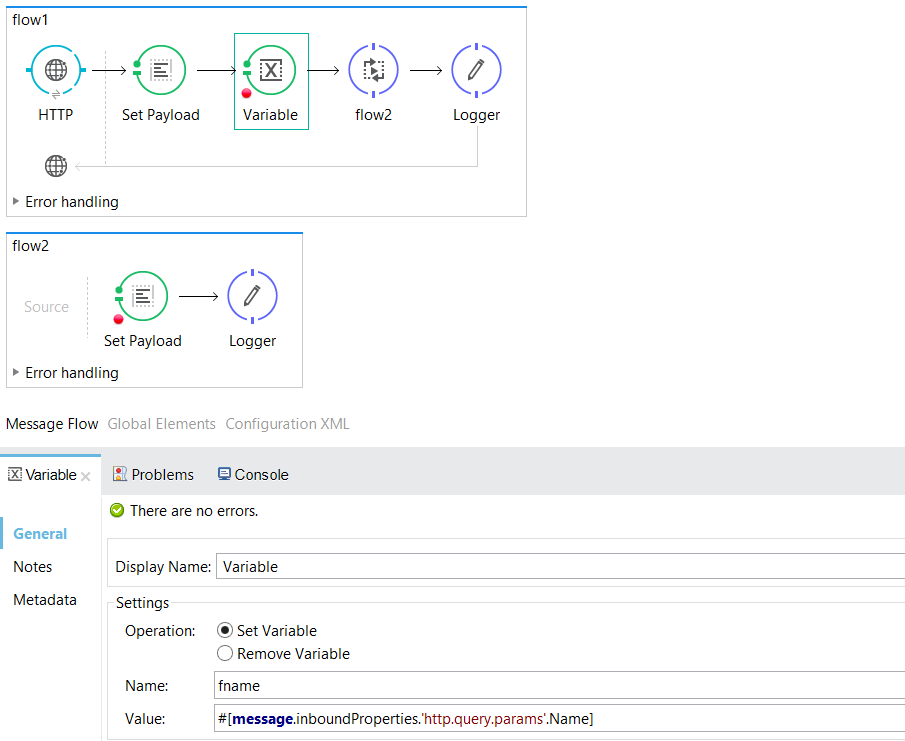



Variables In Mule 3 Dzone Integration
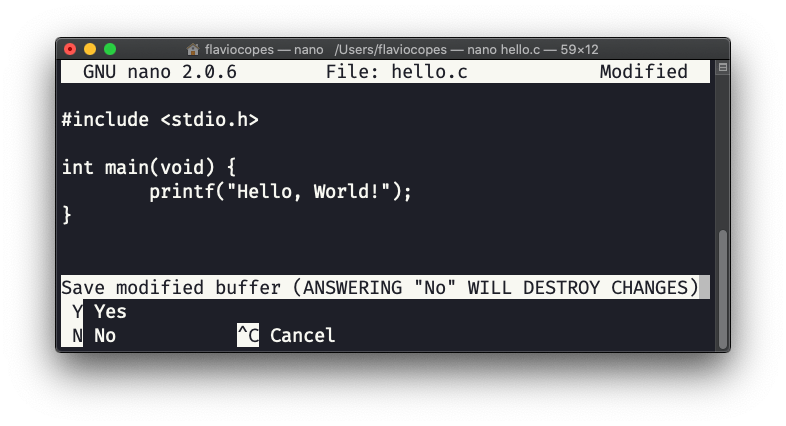



The C Beginner S Handbook Learn C Programming Language Basics In Just A Few Hours
Categorical variables Categorical variables represent groupings of some kind They are sometimes recorded as numbers, but the numbers represent categories rather than actual amounts of things ThereHello, everyone welcome to Techjee and you watching C Programming TutorialToday we learnHow to print Hello World ?How to print your name ?Data typesvariablSolución The simple answer is no, they will not effect each other how it works is that each variable name is unique, so m,m1,m2,m3,m4 does not have any affect to each other what so ever However depending on the value set to the variable you may access and change data like so m2m2




04 2 Swift Basics Pdf Data Type Integer Computer Science




Python Main Function Method Example Understand Main
What it called local variable has the same name as one of the instance variables?Java Variables A variable is a container which holds the value while the Java program is executed A variable is assigned with a data type Variable is a name of memory location There are three types of variables in java local, instance and static There are two types of data types in Java primitive and nonprimitiveAnother difference between Go and algebra is that we use a different symbol for equality == (Two equal signs next to each other) == is an operator like and it returns a boolean For example var x string = "hello" var y string = "world" fmtPrintln(x == y) This program should print false because hello is not the same as world On the other hand var x string = "hello" var y string = "hello



3
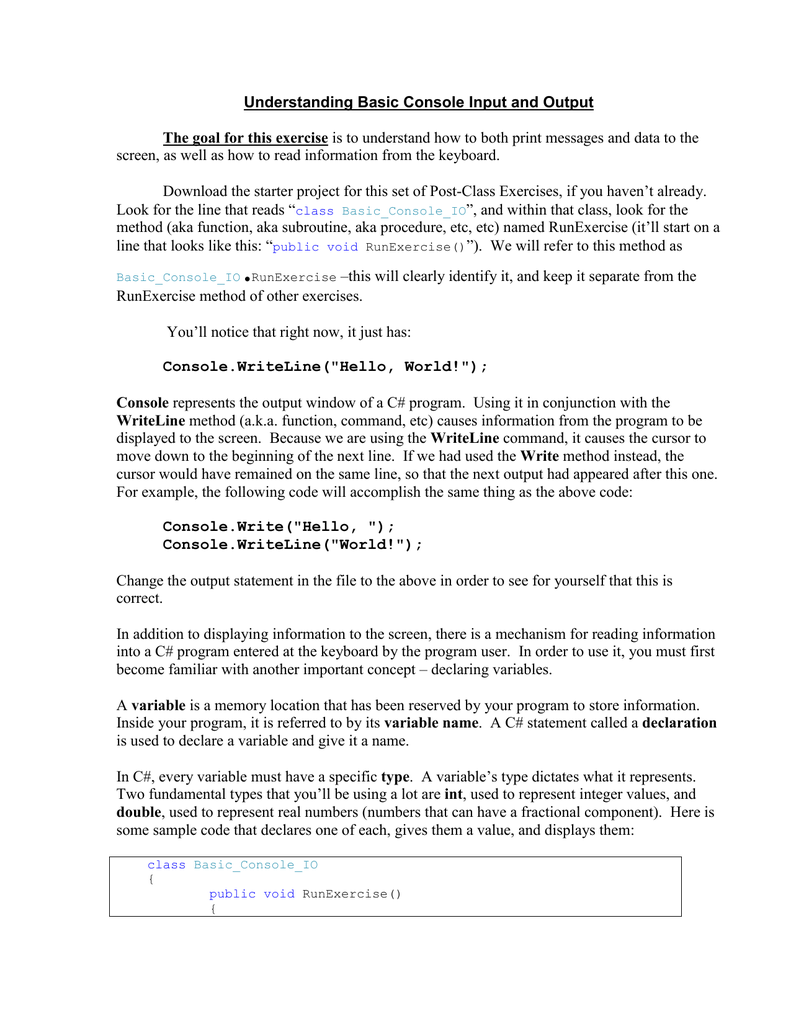



Basic Console I O
So "Hello "name is the string storing Hello plus the contents of name Because name doesn't have quotes around it, it refers to the contents of variable name rather than the word name If the command had been Systemoutprintln(Hello"name") it would print the contents of the variable Hello (assuming there was one) joined to the actual word name As in all standard programming A variable is a "named storage" for data We can use variables to store goodies, visitors, and other data To create a variable in JavaScript, use the let keyword The statement below creates (in other words declares) a variable with the name "message" let message;A value is an immutable, typed storage unit A value can be assigned data when it is defined, but can never be reassigned A variable is a mutable, typed storage unit A variable can be assigned data when it is defined and can also be reassigned




Branching And Iteration In Python Studocu




Writing Programs In Idle S File Editor
Continuous variables (aka ratio variables) Measurements of continuous or nonfinite values Distance;Computer Programming for Kids and Other Beginners admin 3 months ago Uncategorized Appendix Variable Naming Rules Here are the rules for variable names (also called identifiers) They must begin with either a letter or an underscore character Following that, you can use an unlimited sequence of letters, numbers, or underscore charactersYou have just stored two different values in your memory (5 and 2) Now, if I ask you to add 1 to the first number I said, you should be retaining the numbers 6 (that is 51) and 2 in your memory Then we could, for example, subtract these values and obtain 4 as result The whole process described above is a simile of what a computer can do with two variables The same process




Writing Programs In Idle S File Editor



Program Examples
You cannot have variables having same name (but different type) to exist in the same scope There it is possible to change the name two variables to same However such a class is not necessarily runnable by the java jvm READ What are the pros of time management?You can capture a slice from one variable in a separate variable Try entering the following into the interactive shell >>> spam = 'Hello, world!' >>> fizz = spam05 >>> fizz 'Hello' By slicing and storing the resulting substring in another variable, you can have both the whole string and the substring handy for quick, easy access Hello, I was having a read through the PHP manual and I came to the part about assigning variables by reference, which are basically two different variable names pointing to




Php Mysql Tutorials For Webdev Home Facebook




Basic Input Output And String Formatting In Python Real Python
Therefore, variables have data types !Create a Function To define a function in R, use the function command and assign the results to a function name # Create a function 'myfunc' myfunc < function () { print ('Hello, World!') } If you have only one statement to execute, you can skip curly braces # Write a function in one line myfunc < function () print ('Hello, World!')




4 1 Revision 4 2 If Elsif Else It S Convenient To Test Several Conditions In One If Structure Print Please Enter Your Grades Average N My Number Ppt Download




Variables Octopus Deploy
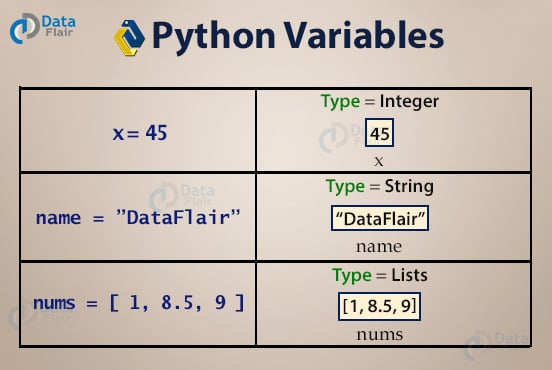



Python Variables And Data Types A Complete Guide For Beginners Dataflair




Kotlin Let Run Also Apply With Journaldev




2 2 Name And Initials Java Youtube




Php Variables And Variables Scope Youtube




Php Introduction
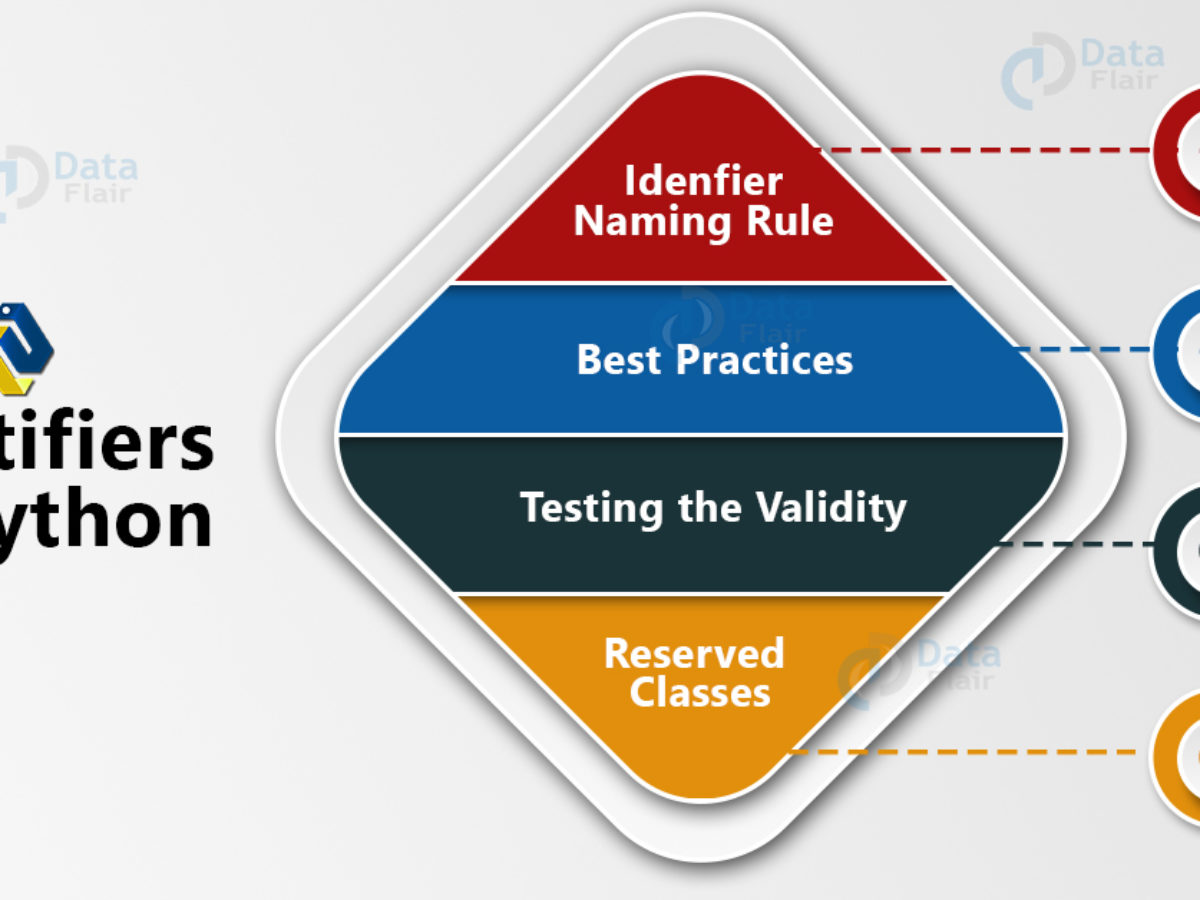



Identifiers In Python Naming Rules And Best Practices Dataflair




Chapter 4 String And Writing Programs




A Simple Explanation Of Scope In Javascript



Table Variables




Python Variables With Examples
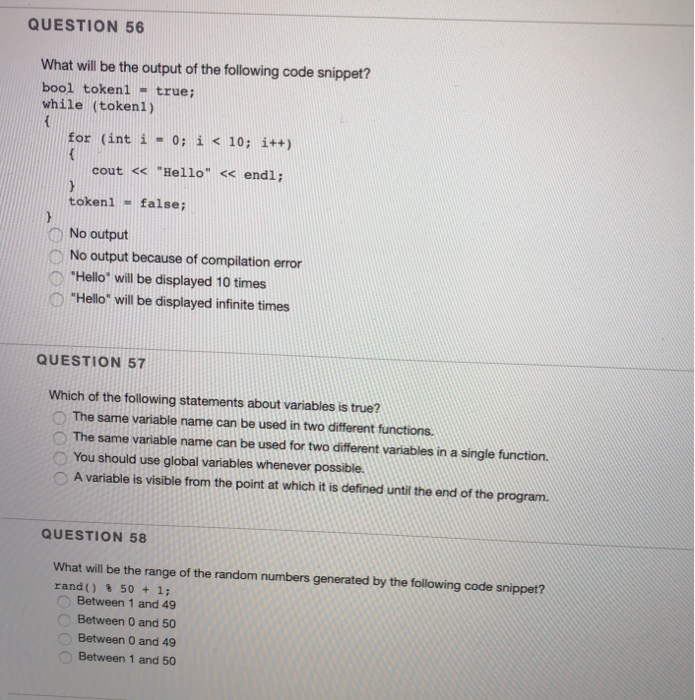



Question 56 What Will Be The Output Of The Following Chegg Com




Cs 128 Introduction To C Lecture 2 Variables




5 1 Revision Ifs And Loops 5 2 If Elsif Else It S Convenient To Test Several Conditions In One If Structure Print Please Enter Your Grades Average N Ppt Download
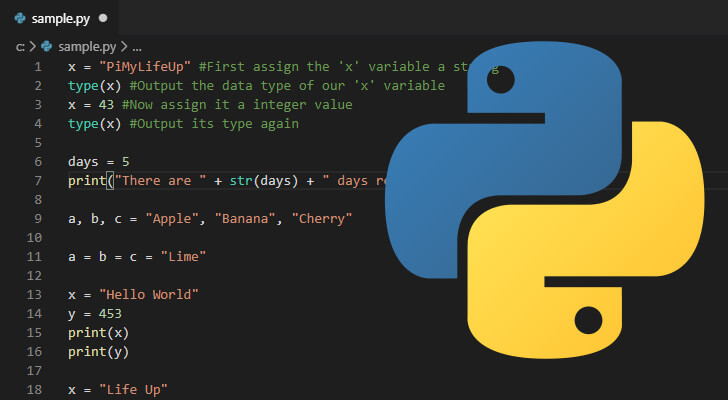



Variables In Python Pi My Life Up




Change Two Variables Thunkable Discuss Community




Strings In Powershell Replace Compare Concatenate Split Substring 4sysops




Object Oriented Javascript For Beginners Learn Web Development Mdn




The Definitive Swift Tutorial For Beginners 21
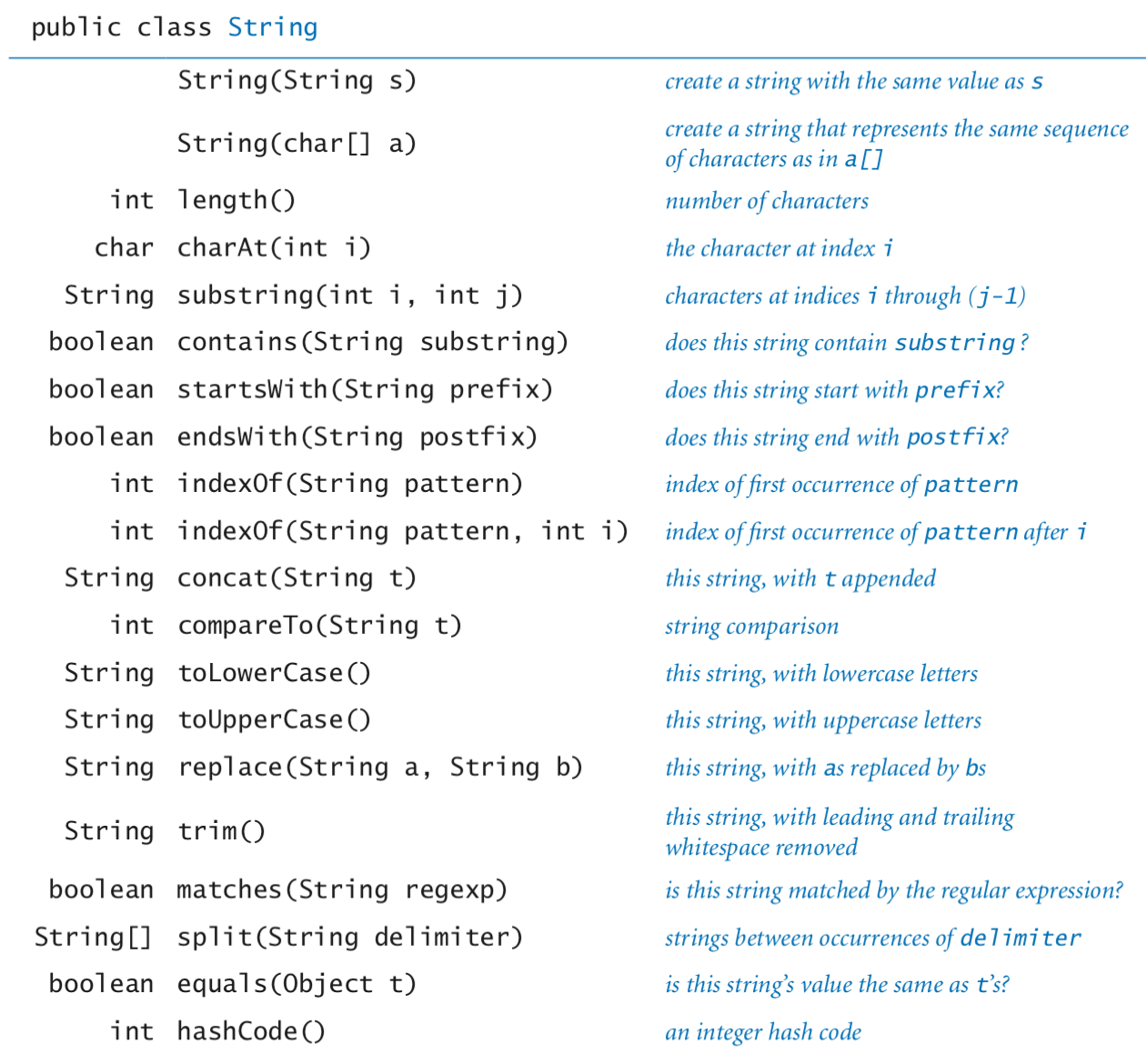



Using Data Types




Variables In Python 3 Naming Style Reassigning Local Amp Global Digitalocean




The Basics Of Javascript Variable Definitions Hoisting By Javascript Teacher Medium




Docker Tutorial Get Going From Scratch Stackify




Teaching Tuesday Ep 03 Docassemble Docx Youtube




Get Flutter Package
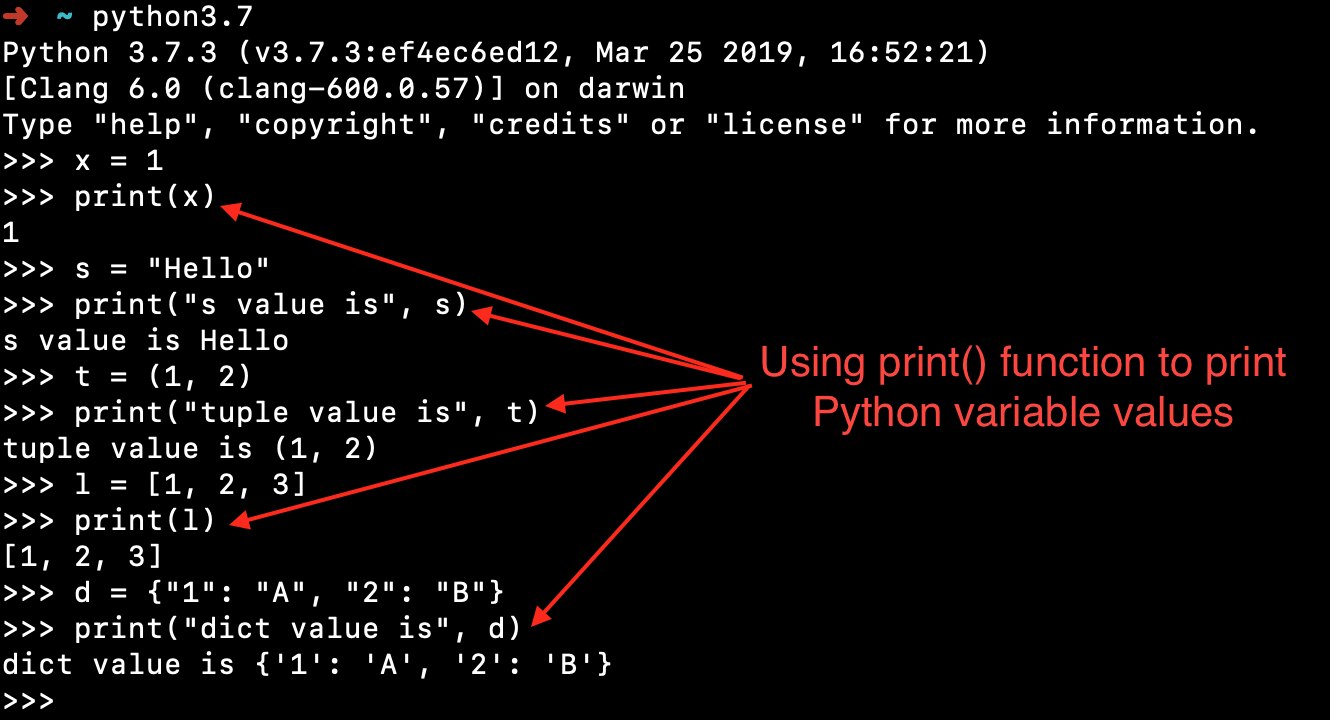



Python Variable Define Print Scope Delete Best Practices Askpython




Variables Octopus Deploy
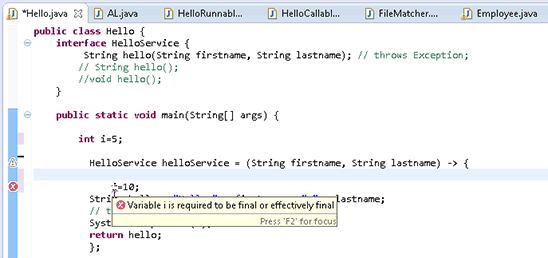



Trying Out Lambda Expressions In The Eclipse Ide



Variables



Variables




Variables And Assignment
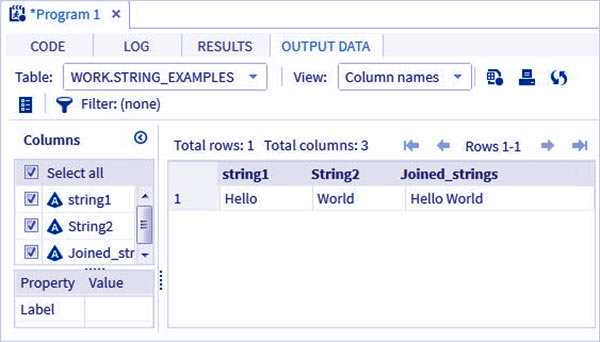



Sas String Functions Sas Character Functions 7 Mins Tutorial Dataflair




Hello World Bash Shell Script Nixcraft




Day 1 Pdf String Computer Science Integer Computer Science




Content Php 5 Introduction Php 5 Syntax Php
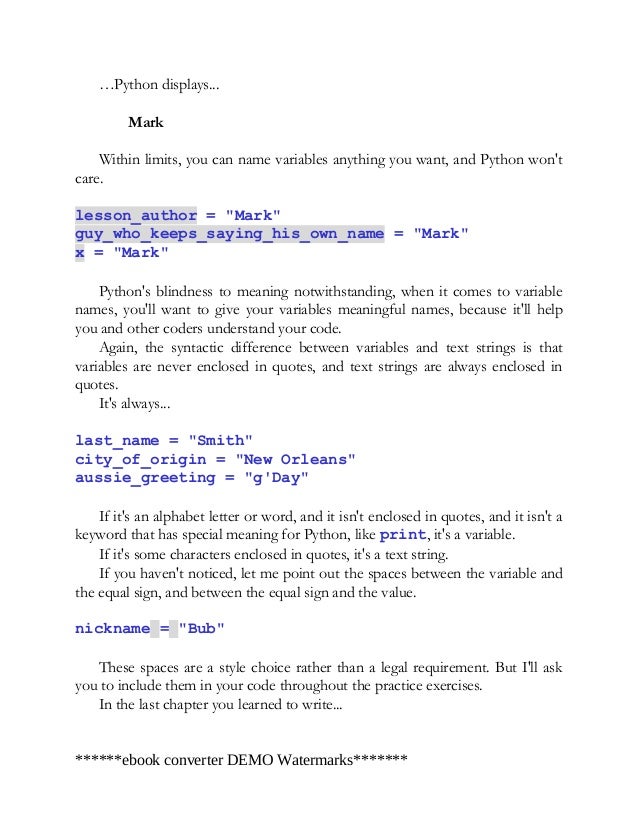



A Smarter Way To Learn Python
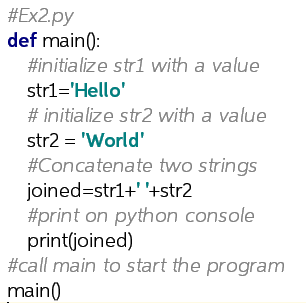



Answered Answer In Python 1 Write Code That Bartleby




4ex 1 More Loops 4ex 2 Loops Commands Inside A Loop Are Executed Repeatedly Iteratively My Num 0 Print Guess A Number N While Num 31 Ppt Download




Your Guide To The Python Print Function Real Python




Strings In Powershell Replace Compare Concatenate Split Substring 4sysops




Afgprogrammer Declaring Php Variables In Php A Variable Starts With The Sign Followed By The Name Of The Variable Php Variables A Variable Can Have A Short Name Like X



2




Variables In Python Real Python
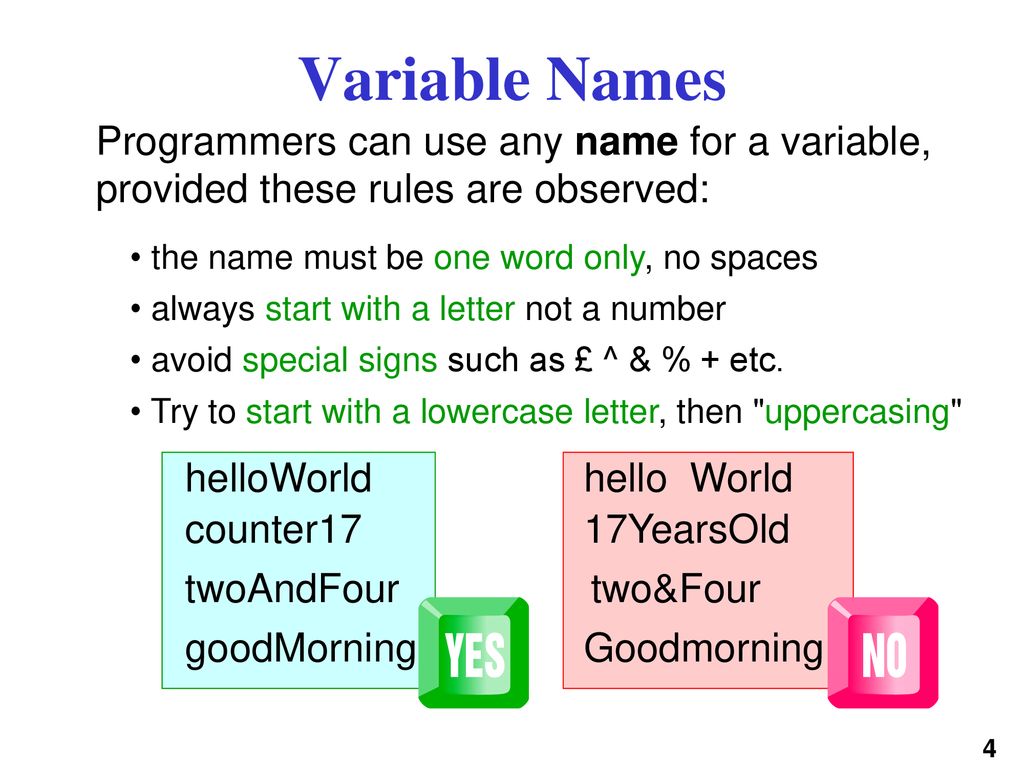



Se1h421 Procedural Programming Lecture 2 Variables 1 Ppt Download



Http Bedford Computing Co Uk Learning Wp Content Uploads 15 10 Javascript And Jquery Interactive Front End Web Development Chapter 2 Basic Javascript Instructions Pdf
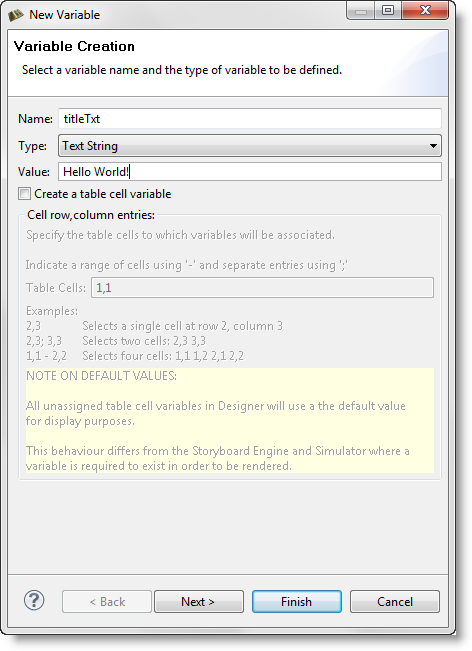



Storyboard Designer Views



Raptor Programming How To Get A Space Between Two Variables I Feel So Stupid Learnprogramming



1
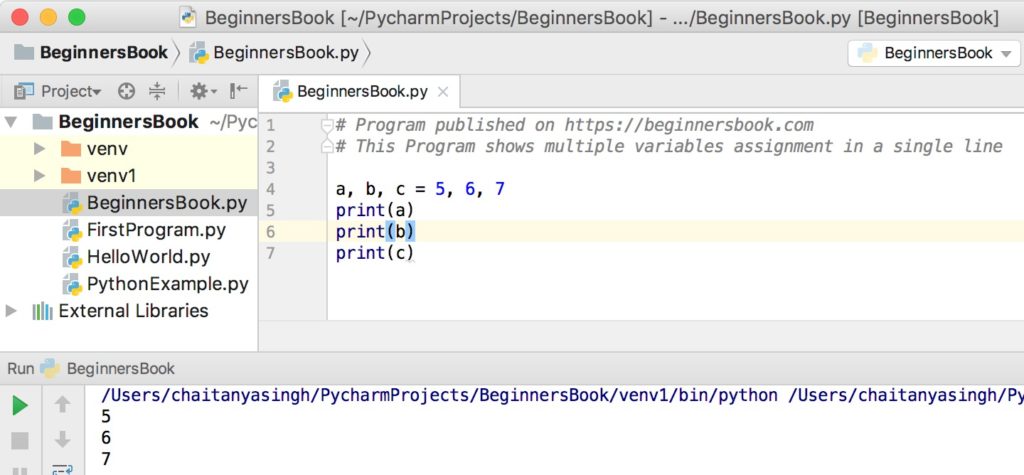



Python Variables With Examples




Python Main Function Method Example Understand Main




Python Tutorial Functions
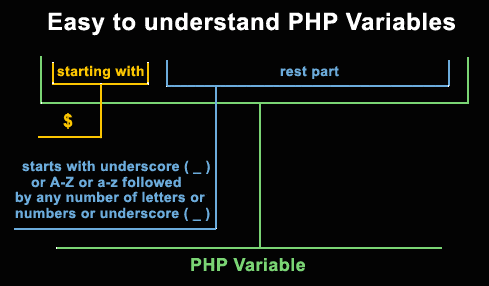



Php Variables W3resource
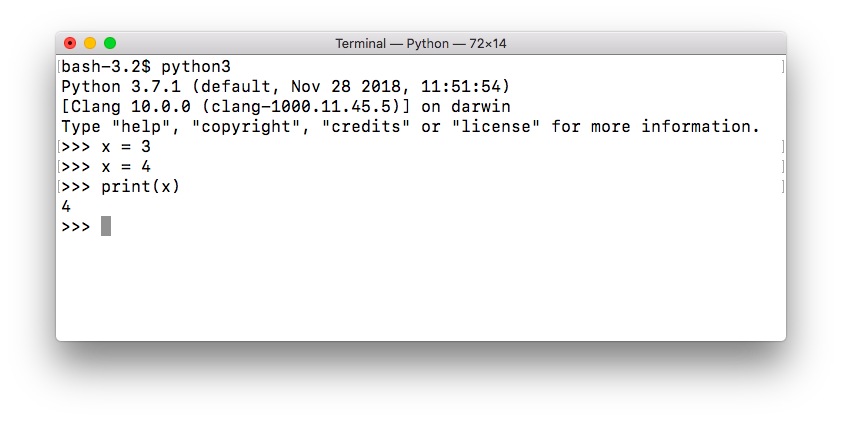



Python Variables And Assignment Python




Chapter 4 String And Writing Programs



While Loop Python



Program Examples




Functional Javascript Pdf
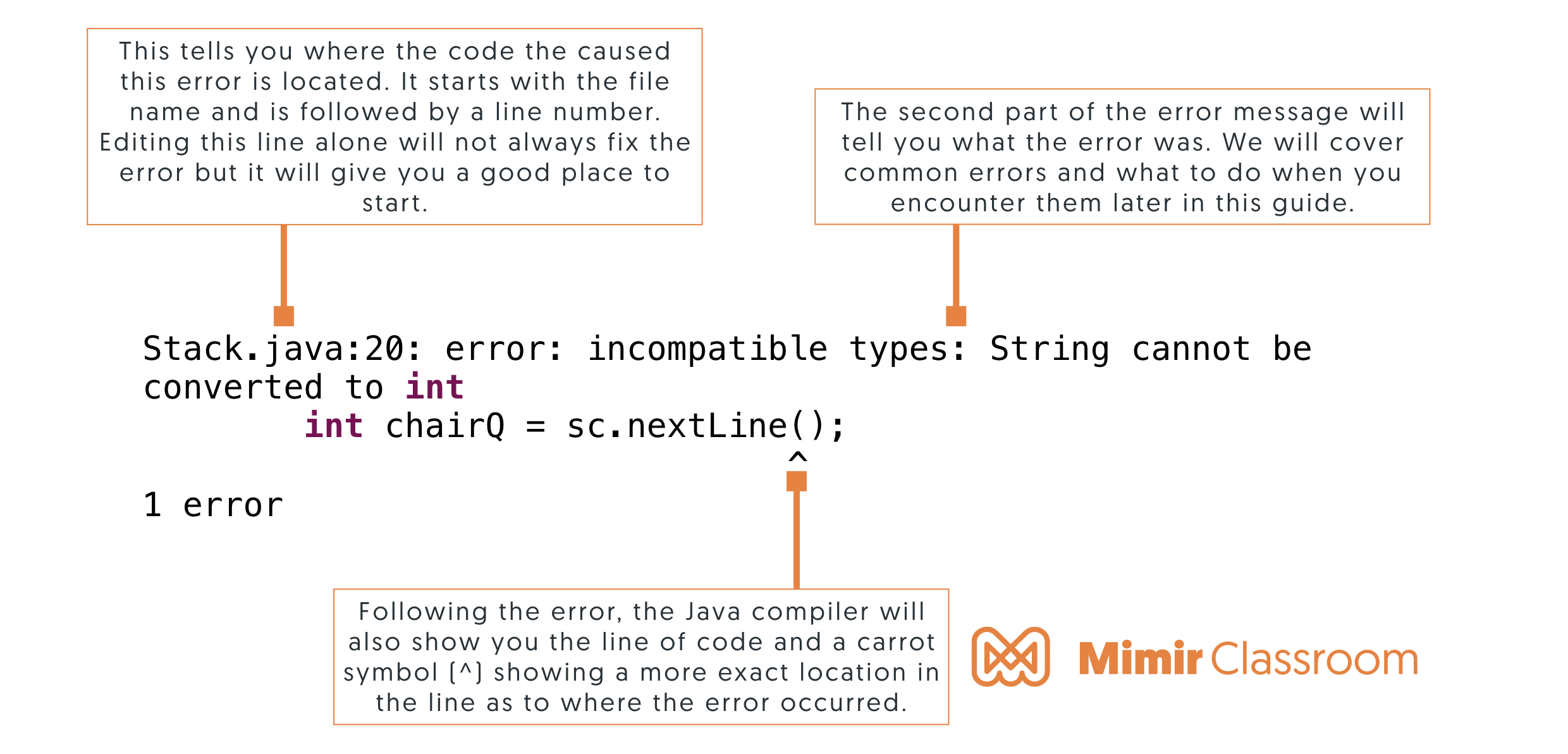



Understanding Common Errors In Java




Select Case Statement In Vb Net With Example




فمرة 1 Write A Java Program That Prints Hello Chegg Com
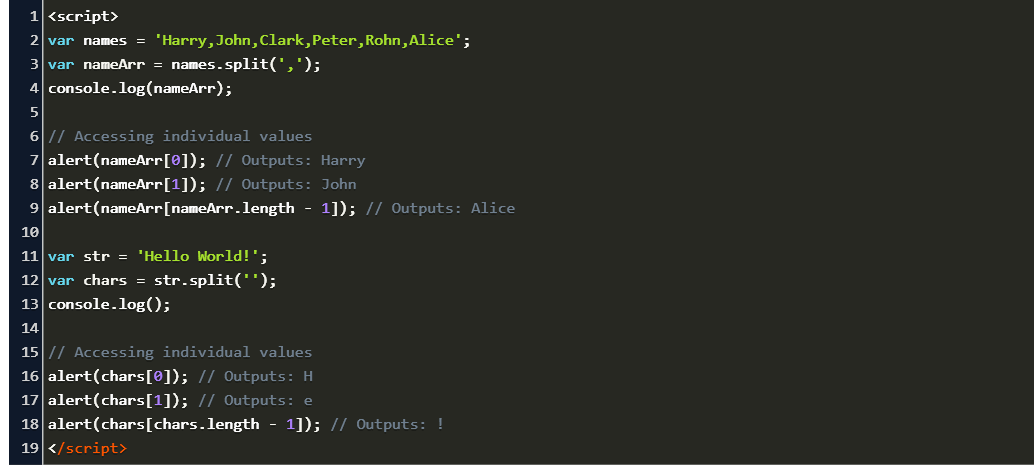



Split String With Comma In Javascript Code Example
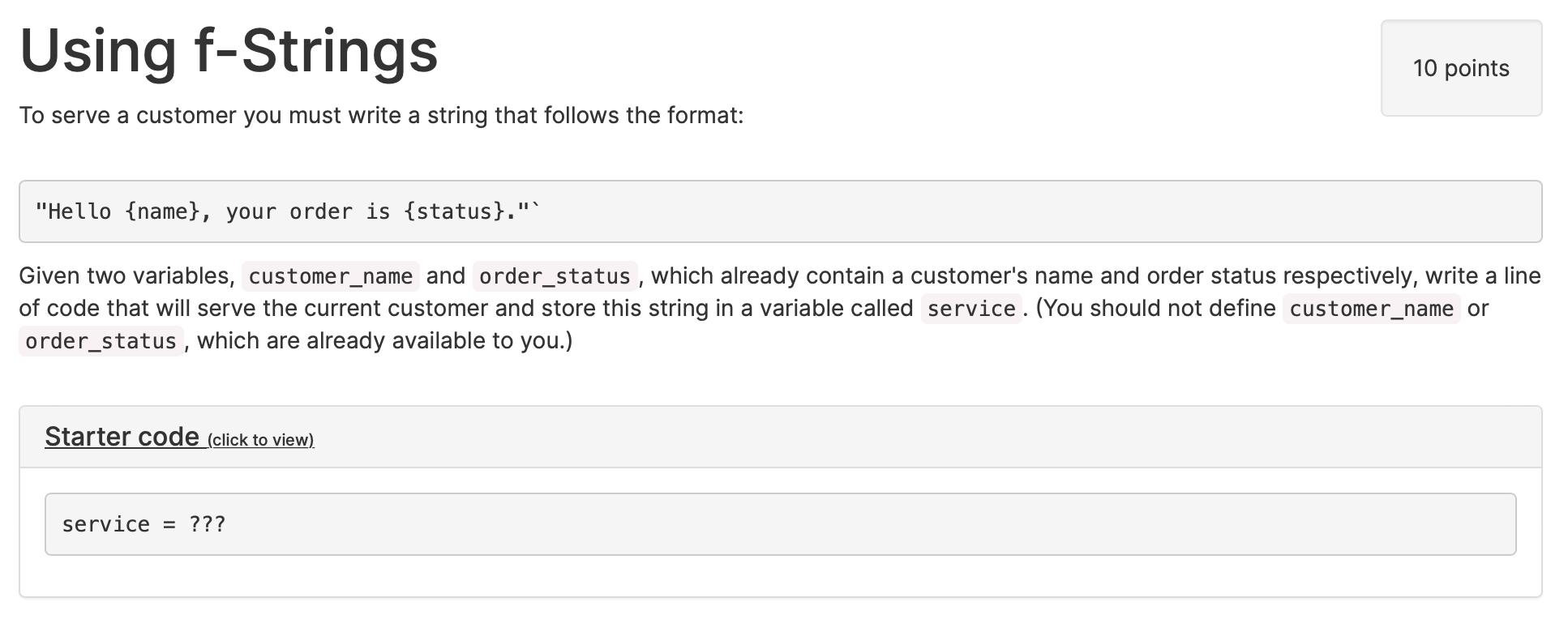



Using F Strings 10 Points To Serve A Customer You Chegg Com




Java Hello World Program To Learn Java Programming Techvidvan
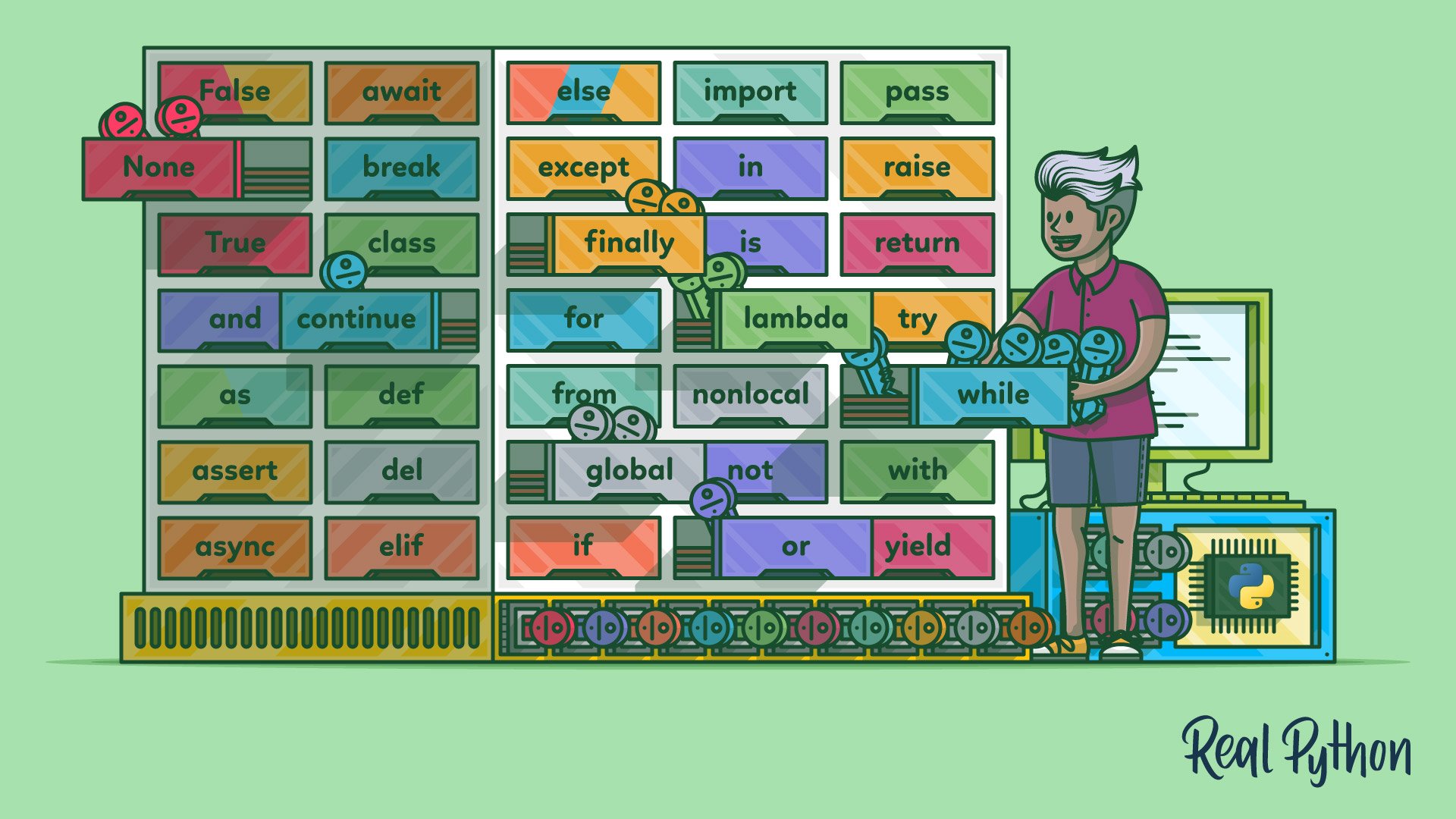



Python Keywords An Introduction Real Python
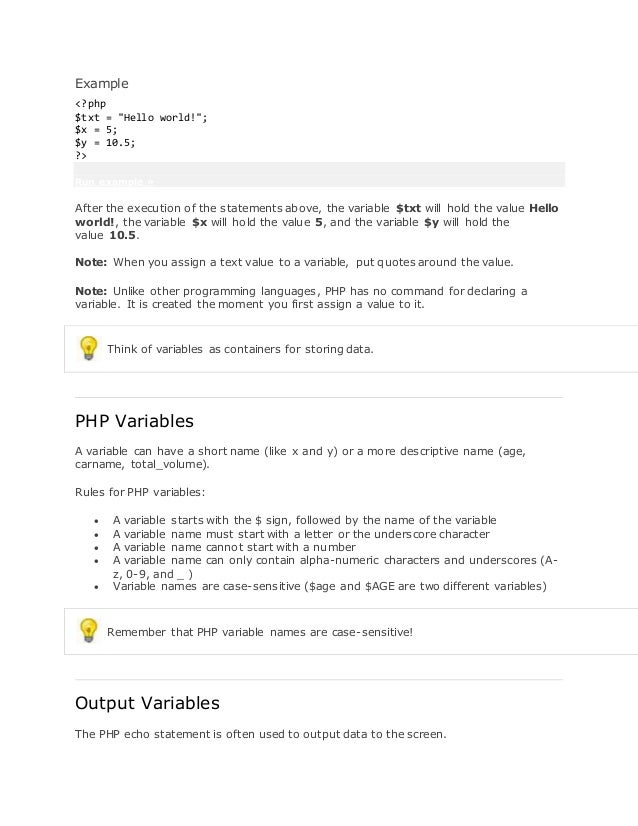



Basic Php 5



Variable Creation



Variable Scope Closure




Programming Language Wikipedia




Absp Notes Studocu
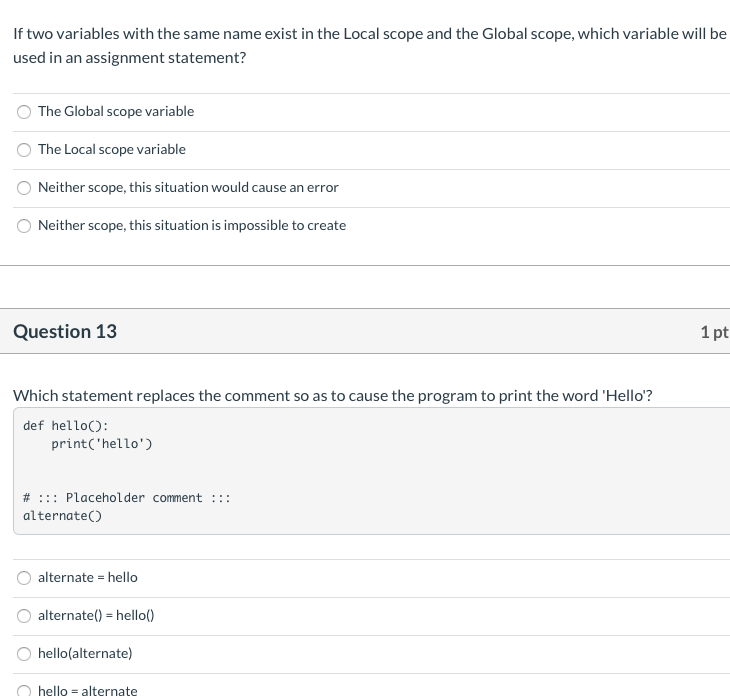



If Two Variables With The Same Name Exist In The Chegg Com




Chapter Two Using Objects Chapter Goals




How To Run A Flask Application
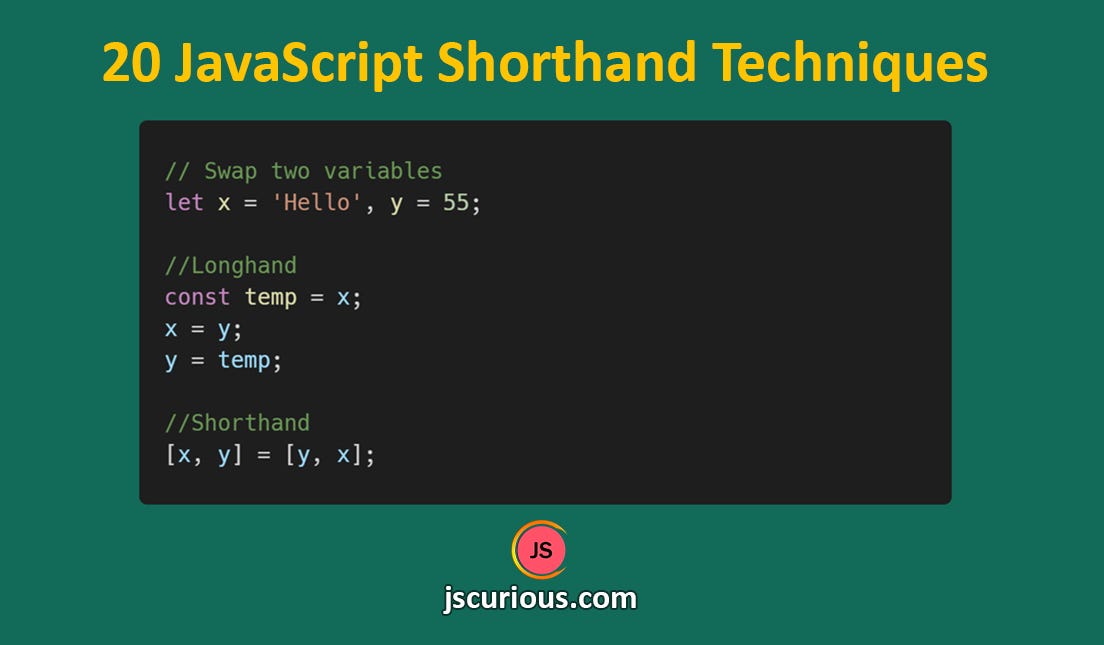



Javascript Shorthand Techniques That Will Save Your Time By Amitav Mishra Javascript In Plain English



Hello World Application




Identifiers In Java Javatpoint



0 件のコメント:
コメントを投稿